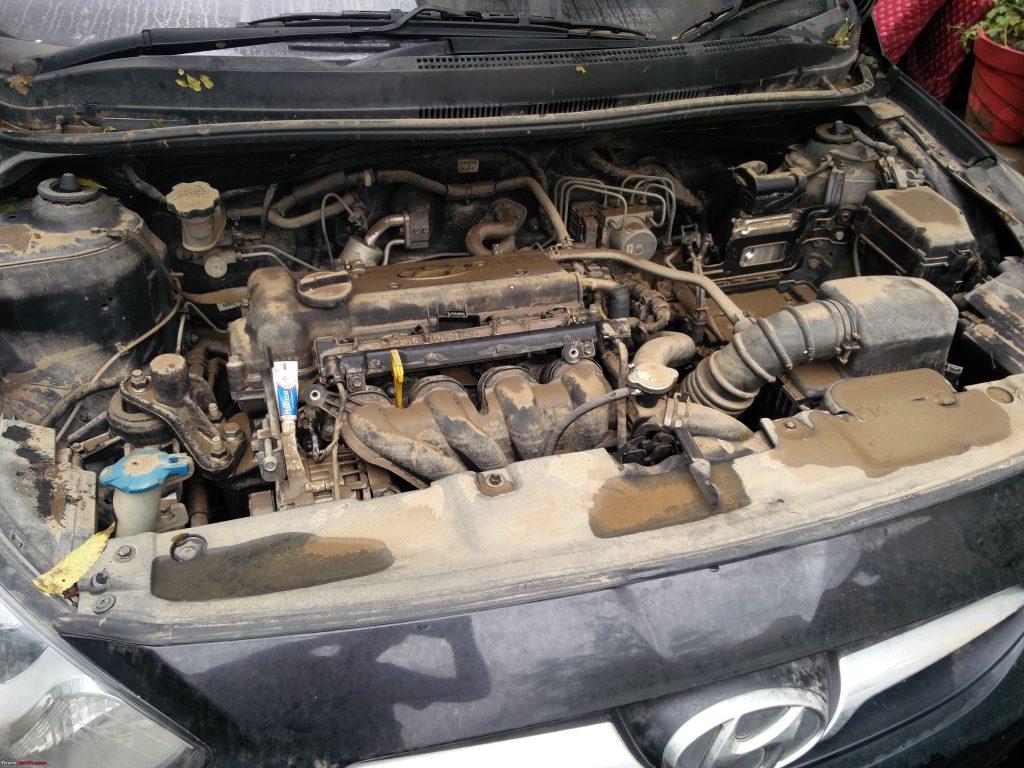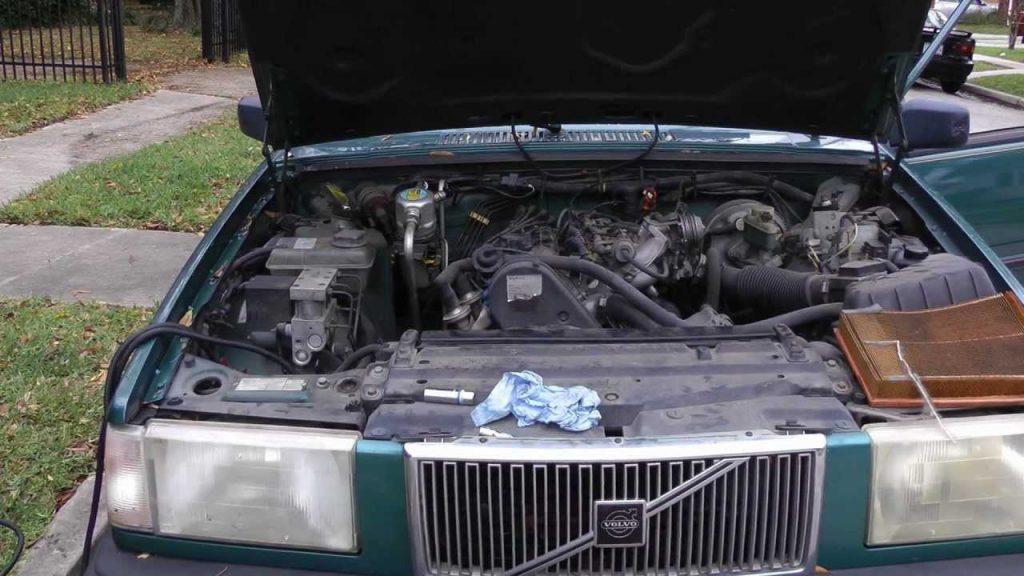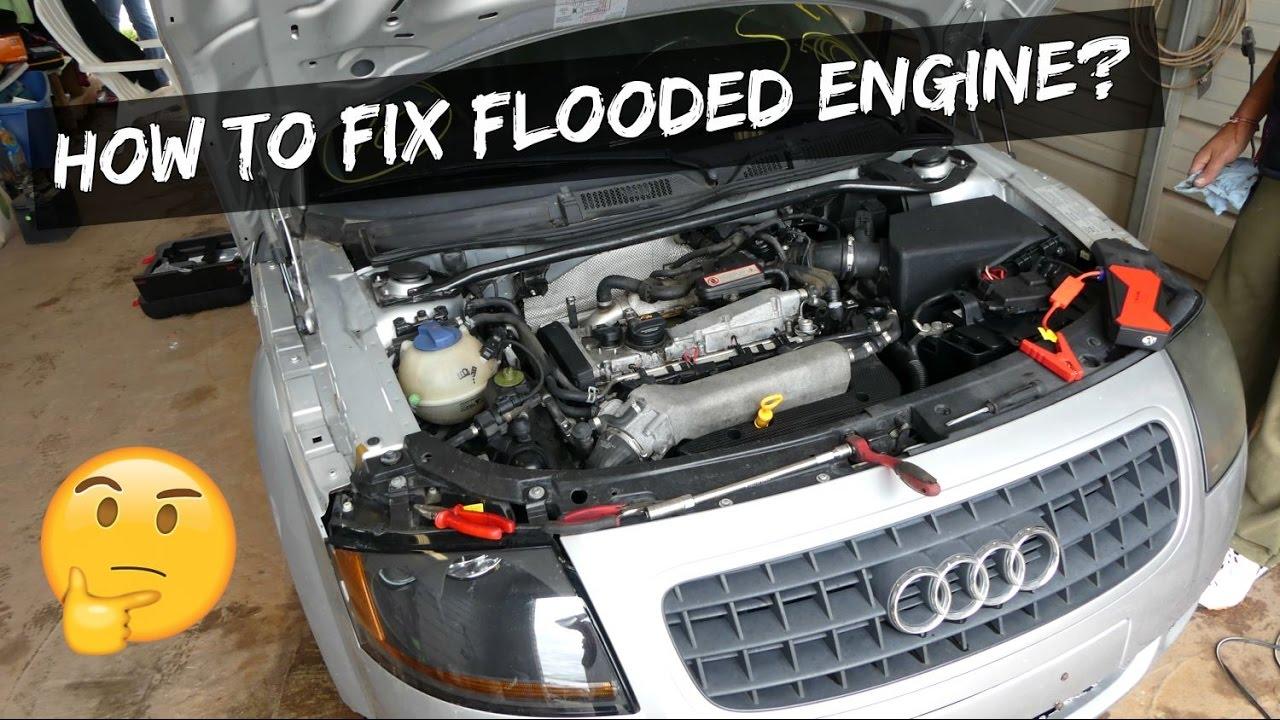We all have a friend who had flat tires, and a smoking car engine right under the sun stuck in the middle of nowhere. On a sunny day, when you decide to go for a long drive on the highway, and suddenly the car breaks down in the middle of the road. We recommend that you browse online to learn the issue of how to start a flooded engine.
At one point or another, every driver has faced this issue when the car refused to start owing to a flooded engine. It is a wise decision to know the maintenance tips for engines to avoid such a situation in the future.
In this article, we will share with you the perfect solution on how to fix a flooded engine and keep your car engine in top-notch condition.
Contents
The Process On How To Start A Flooded Engine
1. What is a flooded engine?
An engine becomes flooded when the fuel overcomes the car engine. It happens due to a poor mixture of the fuel with air, which occurs when the driver hits the accelerator pedal hard. When the driver turns the ignition, and the vehicle fails to start; it is a reliable indicator that the engine might be flooded.
A flooded engine occurs when:
- Due to the carburetor: The carburetor provides the engine with an explosive mixture that is richer in gasoline than prescribed, possibly because the ink tank is overflowing with fuel, the main impeller has a larger number than standard, or the air dam is stuck closed because the carburetor adjusted the fuel surplus.
- When experiencing a situation where the engine starts (pedals or starts) many times but does not explode, gasoline accumulates in the combustion chamber, causing fuel suffocation. It may also be due to a weak fire that cannot burn the air mixture, or it may also be due to compression. weak (weak piston ring or leaking valve), wet spark plug (oil leaking engine). In these cases, if the engine does not start, the more you try to pedal (or start the engine), the more fuel it will leak and the engine will not start.
2. How to identify a flooded engine?
In case, the driver does not hear the engine starting; there is a high chance that the engine is already flooded. The second indicator is that there would be dark smoke coming from the vehicle’s exhaust system. Professionals recommend not starting the car engine if any of the above happens. It is an essential point in understanding how to start a flooded engine to avoid this issue.

Watch more:
- Top Five Reasons Why the Car Engine Stops Suddenly
- Different Types of Car Engines You Must Know About
3. How to start a flooded engine?
The best solution for a flooded car engine is time. You can open the hood of the car and let the excessive fuel evaporate. After around 20 minutes, try to start your car once again without hitting the gas pedal. In case the vehicle does not start, you might have to check the spark plugs.
When the excessive fuel has flooded the engine, it can soak spark plugs, thus making them unable to create enough sparks to start the car engine. In case, the car engine floods now and then, you would need to check the fuel injectors and use the fuel injector cleaner.

Remember, the end goal is to re-establish the fuel-to-air ratio in your vehicle. The other thing you need to remember is to keep the gas pedal to the floor and restart the engine. Do not pump the gas pedal, as it will only bring more air into the engine to balance out the excessive fuel.
If you have done these steps and your engine still doesn’t start, you should remove the spark plug and clean it with gasoline, or blow it clean to dry the gasoline. It is best to replace it with another spark plug if available.
Turn off the switch, use a finger to lightly tap the spark plug hole at the top of the cylinder, and start or cycle the engine continuously about 5-10 times to let the gasoline vapor in the combustion chamber escape. Insert the spark plug and start as usual.
Watch more in this video:
Summing Up
All in all, in case your car engine fails to start, the aforementioned solution would help you clear the engine of the imbalanced air to fuel ration. It is the best for such issues as how to start a flooded engine in your vehicle.



